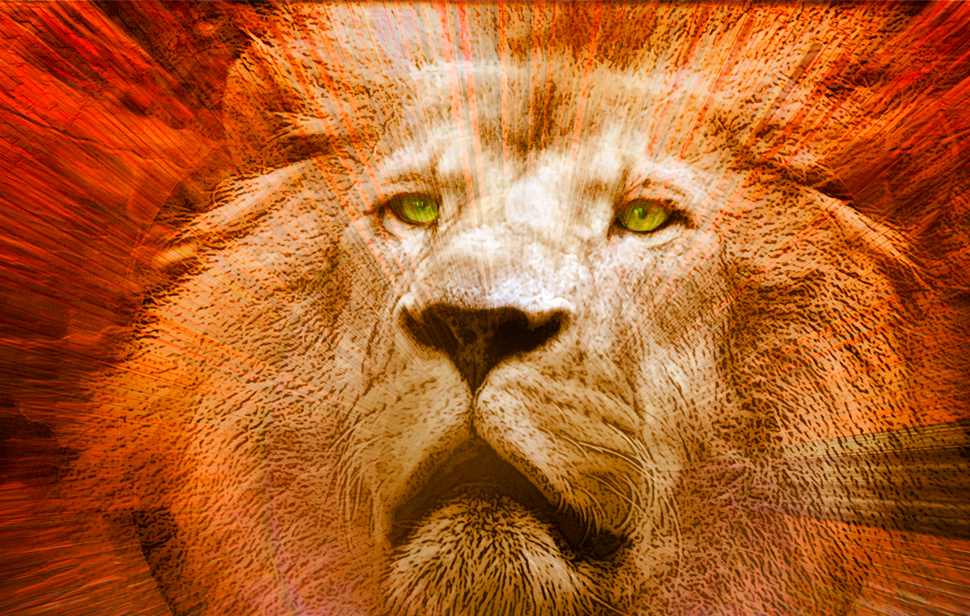
Chapter 3
Spiritual Truth Clothed in Symbol
In spite of the many Christian symbols built into the world of Narnia, we must not jump to the conclusion that Lewis intended all the elements of The Chronicles Of Narnia to have a deeper, symbolic, allegorical meaning. Instead, Lewis considered Narnia to be a “supposal.” As Lewis explained in a letter:
[Aslan] is an invention giving an imaginary answer to the question, “What might Christ become like, if there really were a world like Narnia and He chose to incarnate and die and rise again in that world as He actually has done in ours?” (p.96, A Field Guide To Narnia by Colin Duriez).
This great “supposal” of how Christ might have behaved if He had become a lion in a land of talking animals allowed Lewis to repackage Christian themes in a fresh new way. Even though each character, place, and event in the Chronicles does not necessarily have a symbolic meaning, the books do contain striking parallels with the spiritual principles of the Bible.
Lewis showed that fantasy could provide mental images and ideas that parallel the story of Christ as the caring Creator, compassionate King, risen Savior, and faithful Friend. Because these images are so essential in understanding The Chronicles Of Narnia, it’s especially important to see how Lewis develops this fictional portrayal of Aslan, the great lion.





